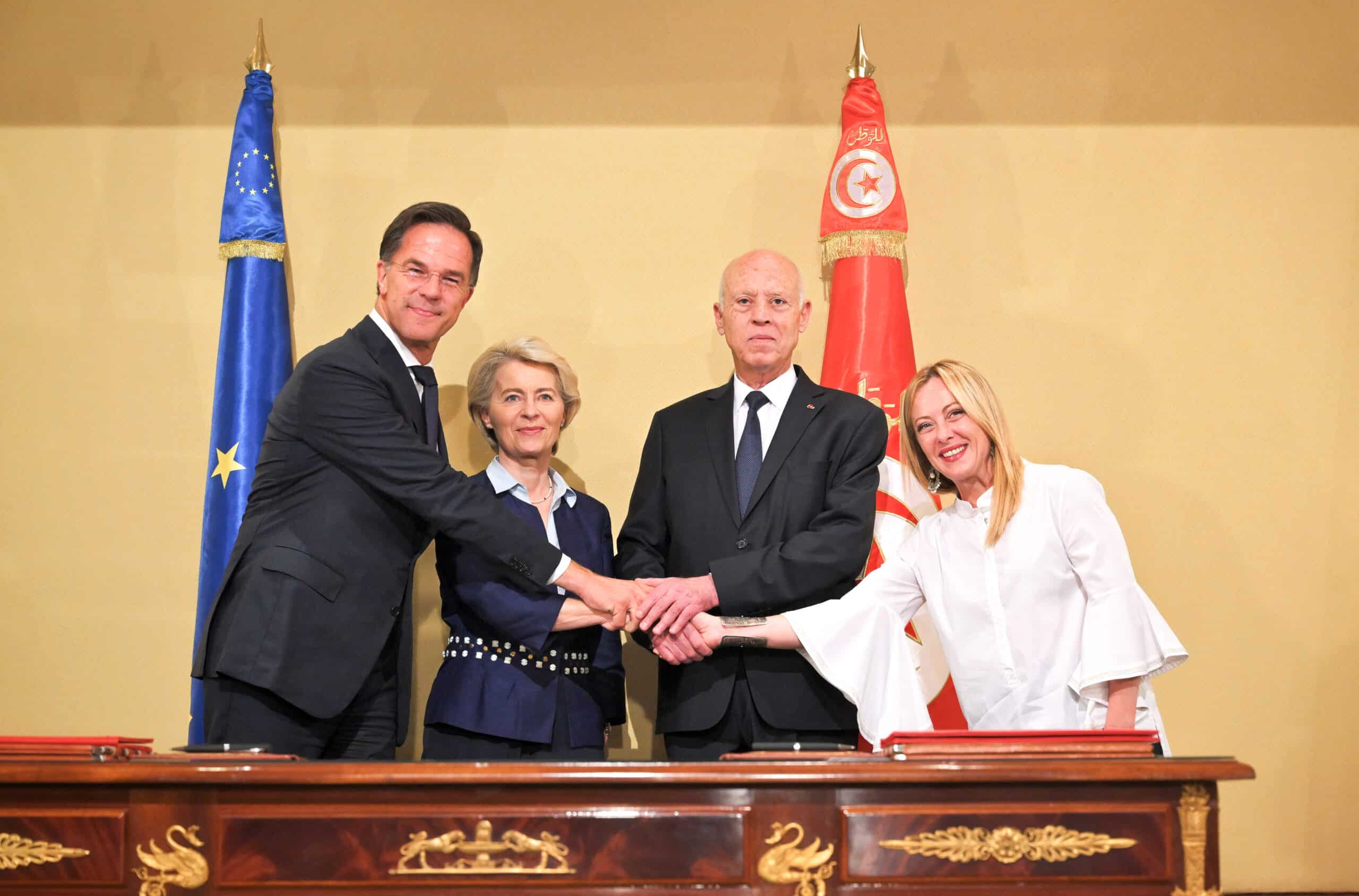Brussels – The European Commission has approved three schemes to support electricity production from small-scale onshore wind, solar and sewage gas installations in France under EU state aid rules. The schemes will allow France to develop more than 17 additional gigawatts in renewable energy.
The onshore wind scheme has a provisional budget of €1 billion per year, the solar scheme has a provisional budget of €190 million per year, and the sewage gas development scheme has a provisional budget of €58 million per year. These measures will help France achieve its 2020 target of producing 23% of its energy needs from renewable sources. They are fully in line with the Juncker Commission’s priorities to support investments in renewable energy sources and to ensure that the energy transformation enables EU industry to reach a leading position in low-carbon technologies, thereby fostering green growth and jobs.
The approved schemes consist of the following measures:
- An onshore wind scheme which will grant support to 15 gigawatt of additional capacity over the next ten years, taking the form of a premium on top of the market price (so-called “complement de remunération”) to operators of small-scale onshore installations of less than 6 turbines (with an individual limit of 3 megawatts per turbine).
- A solar support scheme for small-scale photovoltaic installations in buildings (below 100 kilowatt). Installations will receive a feed-in tariff over twenty years. The remuneration varies according to the size of the installation and the business model (installations injecting all electricity into the grid or installations consuming part of the generated electricity). France expects to develop 2.1 gigawatt of solar power under this measure.
- A sewage gas support scheme. France estimates that 160 megawatts is the remaining potential of sewage gas installations in France that can be supported, most of which are installations of less than 1 megawatt. While the scheme is open also to larger installations, it is therefore mainly expected to be applied mainly to small installations. Installations of 500 kilowatts or more will receive support in the form of a premium on top of the market price over twenty years. Installations below 500 kilowatts will receive a feed-in tariff over twenty years.



![Il dibatitto su acciaio e transizione sostenibile organizzato da Eurofer in collaborazione con Euractiv [Bruxelles, 20 novembre 2024]](https://www.eunews.it/wp-content/uploads/2024/11/eurofer-241120-350x250.png)
![L'ad di Leonardo, Roberto Cingolani [Bruxelles, 19 novembre 2024. Foto: Emanuele Bonini]](https://www.eunews.it/wp-content/uploads/2024/11/cingolani-241119-350x250.jpeg)
![Rigassificatore Adriatico [foto: Floydrosebridge, Wikimedia Commons]](https://www.eunews.it/wp-content/uploads/2024/11/Lng_adriatic-350x250.jpg)
![Vertice Ue-Paesi del golfo arabico [Bruxelles, 16 ottobre 2024. Foto: European Council]](https://www.eunews.it/wp-content/uploads/2024/10/ue-gcc-350x250.png)





![Una donna controlla le informazioni sul cibo specificate sulla confezione [foto: archivio]](https://www.eunews.it/wp-content/uploads/2014/12/Etichette-alimentari.jpg)
